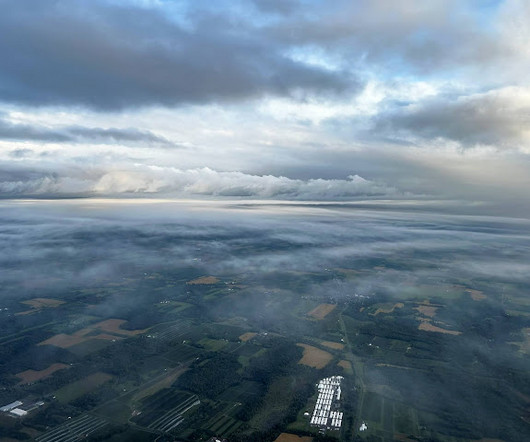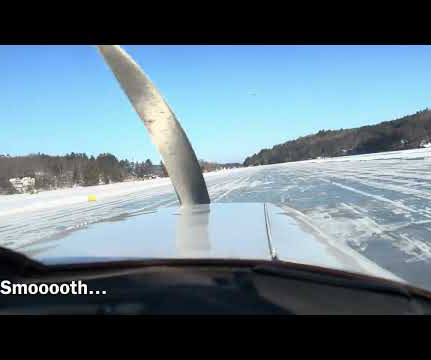Painted Cloudscapes to Saratoga Springs
Photographic Logbook
SEPTEMBER 24, 2023
From flight planning, I knew that we would experience rain, instrument meteorological conditions (IMC), and darkness. Mitigating factors included no risk of convection (thunderstorms) or icing at our cruise altitude of 5,000 feet and VFR conditions expected to prevail at Saratoga Springs for our landing. Ground team!














Let's personalize your content